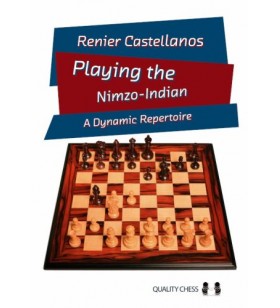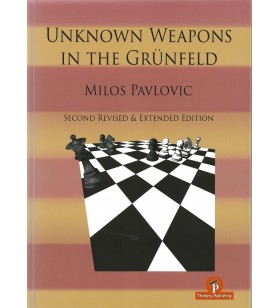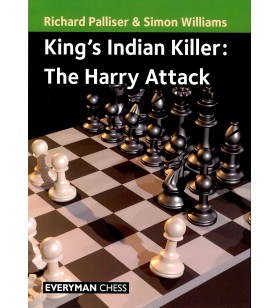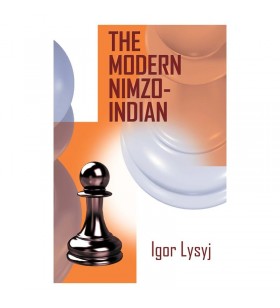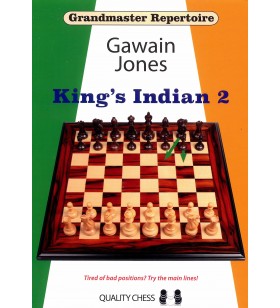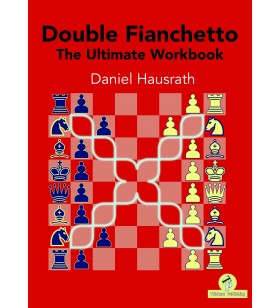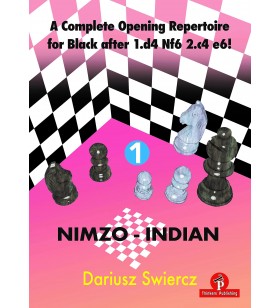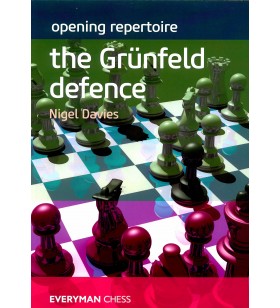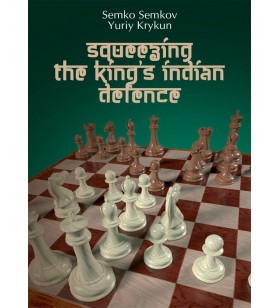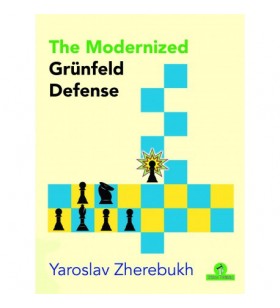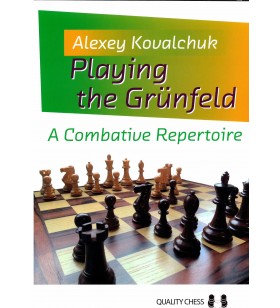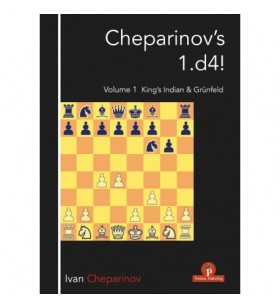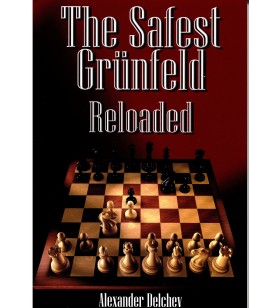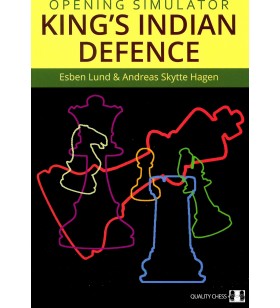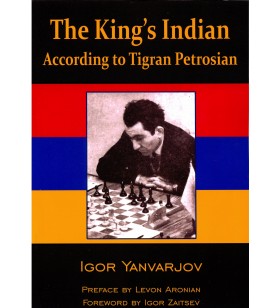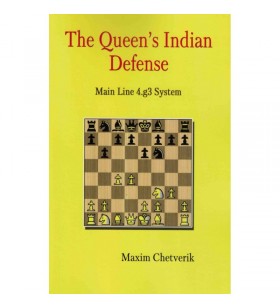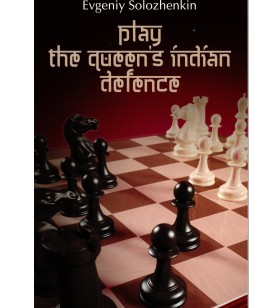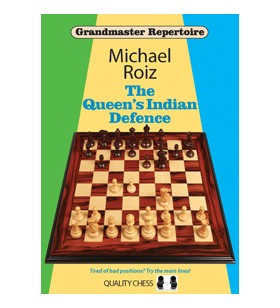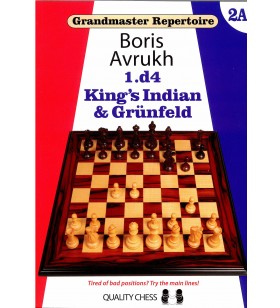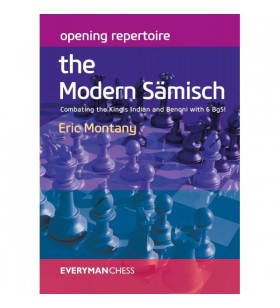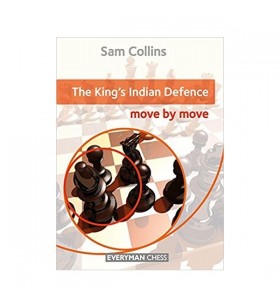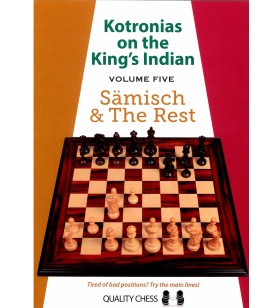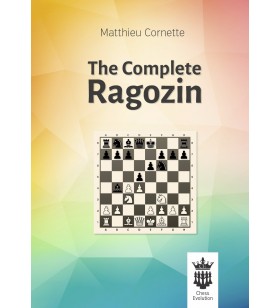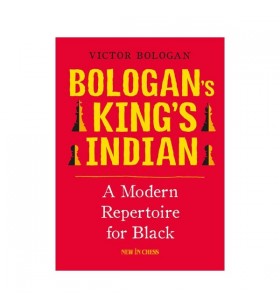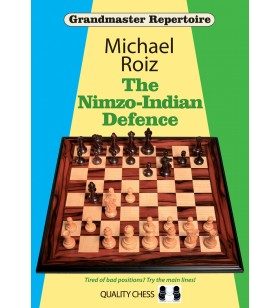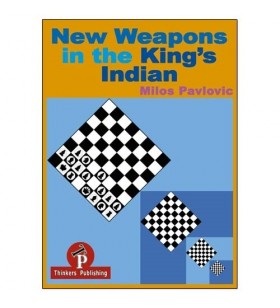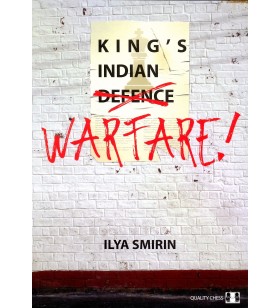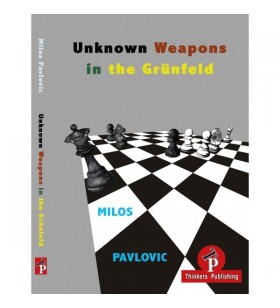
Actieve filters
Pavlovic - Unknown weapons in the Grünfeld
In my first book I wanted to enlighten the reader on those various lines that were
less explored, and those that have been almost forgotten but were nevertheless
interesting.
However this time the book is about cutting-edge lines, which is a very
modern approach to this fascinating opening. Moreover it is important to say that
when I was writing my first book a few years ago, surprisingly, some of these current
lines simply didn’t exist, or were only discussed in a very minor way.
It is true that the Grünfeld fits in very well with the engines’ way of playing chess,
and in that sense it’s almost the perfect opening with which to implement and generate
such ideas.
Let’s have a look now at what I mean and start reading my findings!
GM Milos Pavlovic, January 2024.
PALLISER, WILLIAMS - KING'S INDIAN KILLER: THE HARRY ATTACK
Do you want a simple and practical method to counter Black’s kingside fianchetto defences after 1 d4? A line that takes the initiative from a very early stage and creates difficult practical problems? If so, then The Harry Attack (1 d4 Nf6 2 c4 g6 3 h4!) is for you.
At first this looks like some sort of joke or, at the very least, a weird outlandish line. Aren’t we all taught to focus on development and control of the centre in the early stages? What’s 3 h4 got to do with that?
Perhaps surprisingly, this is a very difficult line for Black to counter effectively. This applies not just in practical play but also theoretically, where it is far from straightforward for Black even to find a route to equality. And when Black gets it wrong they are often on the receiving end of a very unpleasant miniature.
You may be thinking that surely the best chess engines can show how to counter this line? No! One of the unexpected features of leading engine play is their enthusiasm for shoving the h-pawn up the board and they fully concur that 3 h4! is a very decent move for White. Many leading players have taken the hint and 3 h4 is frequently seen at elite level.
Richard Palliser and Simon Williams (the GingerGM) provide a thorough guide to this fascinating line. They show how to adapt when Black chooses a King’s Indian set-up, a Grünfeld set-up, a Benoni set-up or even plays in Benko style.
The Harry Attack is easy to learn and is perfect for unsettling players steeped in the theory of their favourite Indian defences. 238 pages

 Français
Français Nederlands
Nederlands English
English